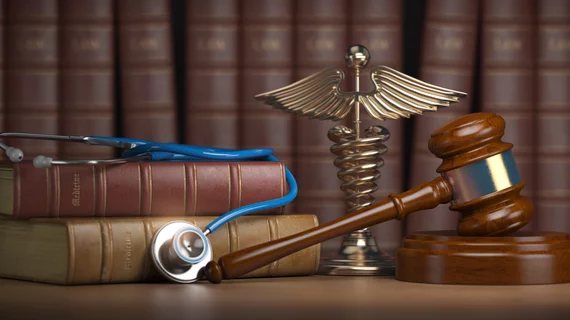Cardiologist ordered to pay $2.6M after foreign material left in patient’s femoral artery
An Indiana cardiologist has been ordered by a jury to pay $2.6 million in damages after a cardiac catheterization gone wrong left a patient’s leg permanently disfigured.
Shashi Ahuja, MD, performed the procedure in 2012 on Zandra A. Chapman at St. Joseph Hospital in Fort Wayne, Indiana. According to a detailed report from local news channel Wane 15, a small piece of foreign material was left in Chapman’s femoral artery after the procedure. The material was found to be polymer that broke off from a device used during a procedure that caused a clot and then embolized to another area of the leg.
This resulted in significant discomfort, which Chapman told Ahuja’s office about multiple times, but she was never asked to come in for a follow-up. Three days later, when the pain got much worse, she underwent emergency surgery for the issue; the foreign material was identified and removed at that time.
Chapman’s leg remains disfigured to this day.
“Her right leg is constantly swollen,” according to court documents quoted by Wane 15. “Her activities of daily life have been significantly impaired by the deficits in her right leg.”
It took several years for Chapman’s lawsuit, which originally included other healthcare providers in addition to Ahuja, to reach its conclusion.
Click the link below for the full story:

